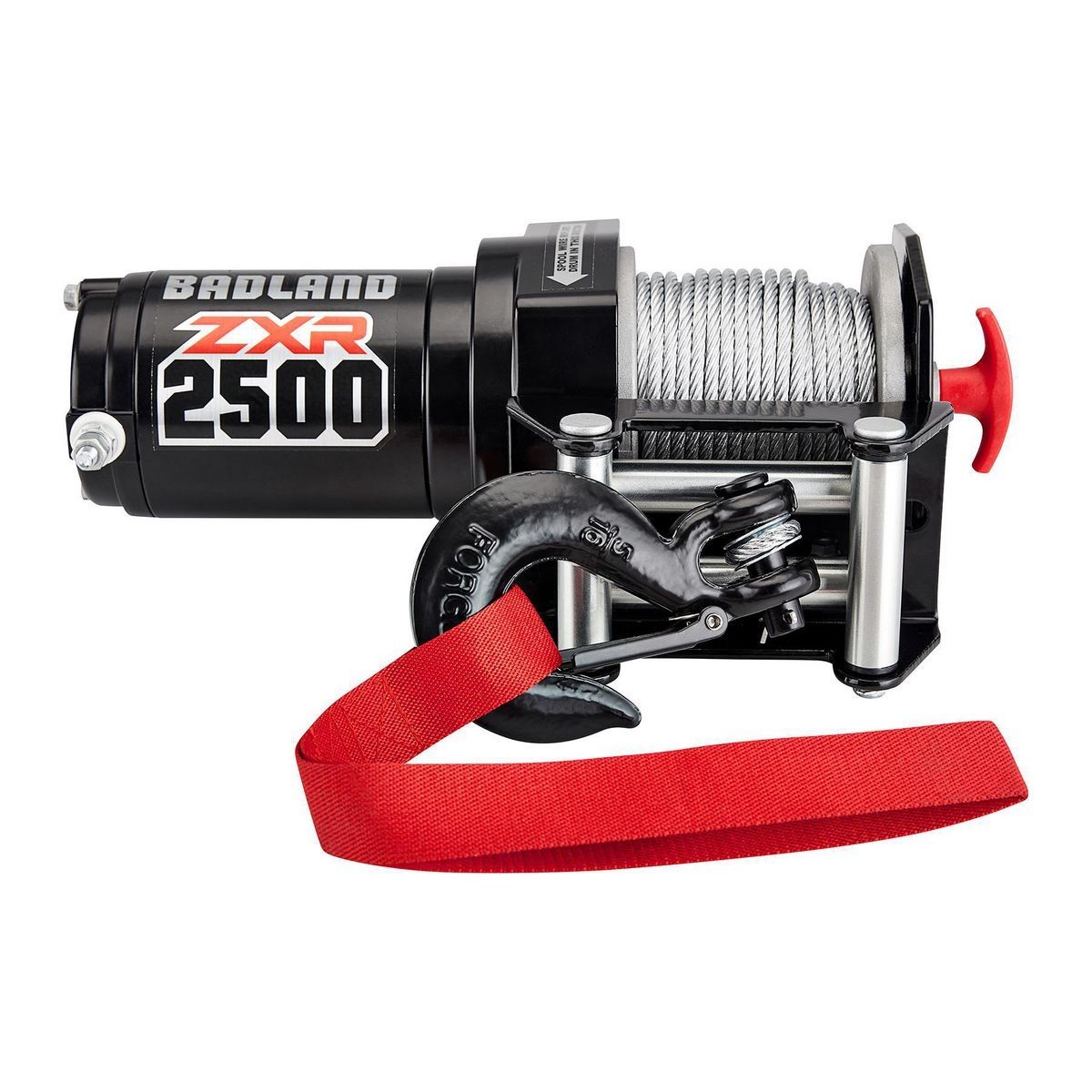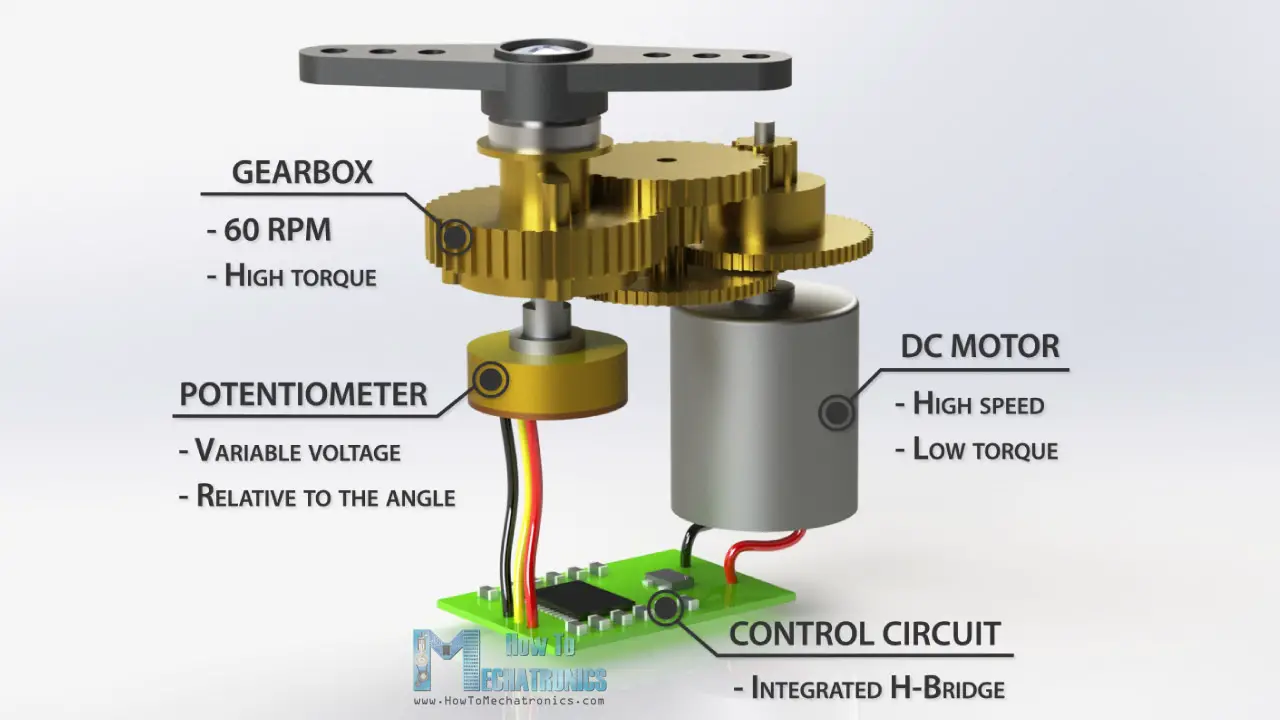A bit off topic, but the knowledge here looks great, hope this is OK to post here! I have had a thought to build a motor assisted weight lifting machine for many years, and seeing now that (very expensive) commercial machines like the Tonal exist makes me think my idea has merit.
Basic overview is modifying a cable weight machine I have so the weight can be dynamically controlled, and even fancy things like using more weight on the eccentric vs concentric etc.
I'm looking to target upper limit at roughly 100kg at 1m/s, I calculate that to require just under 1000 watts.
I looked around large servos like Clearpath, Chinese servos and steppers etc. All of these while I'm sure very nice to work with get rather pricey when that big and also would require some sort of gearbox, all $$.
I basically only need to control the torque, have position sensing, and use a motor to pull a wire with that varying force.
Looking for alternatives, I came across ebike hub motors that are much cheaper. Aliexpress has ebike hub motors listed as 48V, 1500w, 414-487 RPM and 71-74.6N.m. This looks workable, without any extra gearing from my calculations, that'd life 100kg at at 1m/s (130RPM) with a 145mm diameter cable drum. (Thinking I might even be able to get away with using the hub itself to spool the cable)
I'd use a 48v 1500W mains power supply, and looks like an odrive would give me all the control I require (I'm still not sure if hall sensors would be accurate enough to give smooth control I'd want, but looks like just adding a position sensor if not is easy)
The problem is I don't know a lot about any of this so far (ChatGPT has been helping me a bit ). Small details, like I believe the motor while I'm lifting should be braking rather than pulling, but does need to pull while I'm lowering. Motor should rarely be in a stalled state, it should always be moving likely average around 0.5m/s but I don't know about stalling / overheating. With normal weight lifting sets, the duty cycle should be something like 1min on /3mins off. Aliexpress specs I'm sure are wrong, but how wrong are they. Can the motor run smoothly at very low RPM. Listing says direct drive, but I'm sure this has a planetary gear in there. Are these gears up to this task. Things like this, and things I don't know I don't know.
). Small details, like I believe the motor while I'm lifting should be braking rather than pulling, but does need to pull while I'm lowering. Motor should rarely be in a stalled state, it should always be moving likely average around 0.5m/s but I don't know about stalling / overheating. With normal weight lifting sets, the duty cycle should be something like 1min on /3mins off. Aliexpress specs I'm sure are wrong, but how wrong are they. Can the motor run smoothly at very low RPM. Listing says direct drive, but I'm sure this has a planetary gear in there. Are these gears up to this task. Things like this, and things I don't know I don't know.
Please poke holes in any of the stuff I'm thinking above, before a drop a few hundred dollars on things that wont work for me Or I'd love ideas for better suited (but still cheap
Or I'd love ideas for better suited (but still cheap  ) motors if people know.
) motors if people know.
Basic overview is modifying a cable weight machine I have so the weight can be dynamically controlled, and even fancy things like using more weight on the eccentric vs concentric etc.
I'm looking to target upper limit at roughly 100kg at 1m/s, I calculate that to require just under 1000 watts.
I looked around large servos like Clearpath, Chinese servos and steppers etc. All of these while I'm sure very nice to work with get rather pricey when that big and also would require some sort of gearbox, all $$.
I basically only need to control the torque, have position sensing, and use a motor to pull a wire with that varying force.
Looking for alternatives, I came across ebike hub motors that are much cheaper. Aliexpress has ebike hub motors listed as 48V, 1500w, 414-487 RPM and 71-74.6N.m. This looks workable, without any extra gearing from my calculations, that'd life 100kg at at 1m/s (130RPM) with a 145mm diameter cable drum. (Thinking I might even be able to get away with using the hub itself to spool the cable)
I'd use a 48v 1500W mains power supply, and looks like an odrive would give me all the control I require (I'm still not sure if hall sensors would be accurate enough to give smooth control I'd want, but looks like just adding a position sensor if not is easy)
The problem is I don't know a lot about any of this so far (ChatGPT has been helping me a bit
Please poke holes in any of the stuff I'm thinking above, before a drop a few hundred dollars on things that wont work for me



